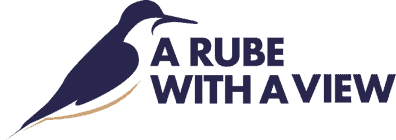Over the last 8 years our team of shorebird scientists have banded (or “ringed”) over 40,000 shorebirds with small leg flags inscribed with a unique combination of letters and numbers. It’s the equivalent of a social security number for each bird that can be seen by anyone with a good spotting scope. In the last few years we have put all these data into an internet-accessible database at the website, www.bandedbirds.org. At this site, anyone can report a flag code, or color bands, and ask questions like “where was the bird first caught”, “where was it resighted”, “how many years has it been around?”
 Red knot on Delaware Bay with a Chilean flag “MP”, write down the code and look at its history on www.bandedbirds.org.These small flags are transforming our understanding of shorebird population dynamics and movements, but they are also clear evidence of the importance of citizens and volunteers in wildlife science. This year, a team of experts from USGS, USFWS, NJ and DE Fish and Wildlife joined to develop a new ecological model that will help determine a safe level of harvesting horseshoe crabs based on the condition of red knots. The model breaks new ground in the estimation of survival rates — a small but very influential area of wildlife science. The model depends on banding and resighting of individually-marked red knots, both activities are conducted by teams mostly composed of non-professional observers.
Red knot on Delaware Bay with a Chilean flag “MP”, write down the code and look at its history on www.bandedbirds.org.These small flags are transforming our understanding of shorebird population dynamics and movements, but they are also clear evidence of the importance of citizens and volunteers in wildlife science. This year, a team of experts from USGS, USFWS, NJ and DE Fish and Wildlife joined to develop a new ecological model that will help determine a safe level of harvesting horseshoe crabs based on the condition of red knots. The model breaks new ground in the estimation of survival rates — a small but very influential area of wildlife science. The model depends on banding and resighting of individually-marked red knots, both activities are conducted by teams mostly composed of non-professional observers.
Although the scientific endeavor is led by some of the nation’s top experts on wildlife modeling, it depends on the work of people of many backgrounds. It’s a new form of citizen scientist work that has engaged people of diverse lifestyles and backgrounds who have become passionate about resighting and reporting marked birds. This is one of those odd endeavors where people enjoy collecting data that ultimately lay the foundation for understanding the largely-unknown life histories of long-distance migrants like the red knot and other shorebirds.
In a effort to enlist more volunteers, I will help readers understand how we catch, band, and resight shorebirds using videos taken this year on the Delaware Bay in New Jersey by professional videographers Mitch Smith and Shawn Carey. We invite anyone to help. People with expertise are always appreciated, but you don’t need special skills for this job, just a willingness to learn a new craft and the time to do it.
In the following video you see how shorebirds are captured; in the second video you see how they are banded and how to resight them.
